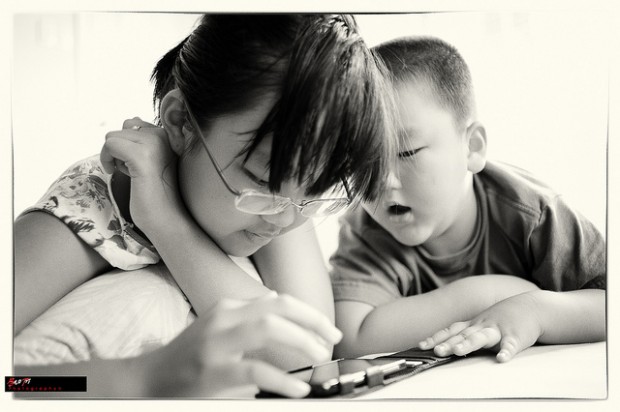By Anne Collier
Failure is a positive act of creativity,” Katie Salen said. Scientists, artists, engineers, and even entrepreneurs know this as adults. But in schools, the notion of failure is complicated.
Salen, executive director of the Institute of Play and founder of Quest to Learn, the first public school based on the principles of game design in the U.S., explained how failure can be a motivating agent for learning in her presentation at SXSW.
Any practice – athletic, artistic, even social – involves repeatedly failing till one gets the experience or activity right. We need to “keep the challenge constant so players are able to fail and try again,” she said. "It’s hard and it leads to something rewarding."
Game designer Jane McGonigal makes a similar point. She dedicates an entire chapter in her book Reality Is Broken to “fun failure” and why it makes us happy. When we’re playing a well-designed game, failure doesn’t disappoint us. It makes us happy in a very particular way; excited, interested, and most of all optimistic, Salen said. “Fun failure” even makes us more resilient, which keeps us emotionally safe.
But the opposite is true in school, Salen said. School usually gives students one chance to get something right; failing grades work against practice, mastery, and creativity. To keep kids motivated, learning needs to be irresistible, Salen said.


